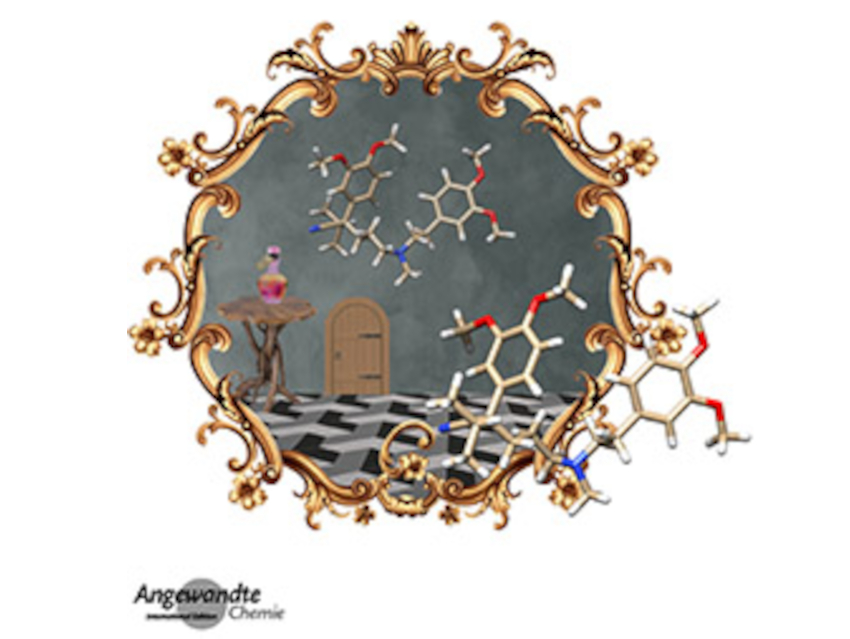In this issue, W. Chi and S. K. Banerjee review the application of perovskite quantum dots as absorbers in perovskite solar cells. What are the most significant strategies? The Minireviews deal with the synthesis and processing of nanomaterials mediated by living organisms (W. K. Maser et al.) and the development of chiral ligands for the transition-metal-catalyzed enantioselective silylation and borylation of C–H bonds (B. Su, J. F. Hartwig).
In the original research section, W. S. Hopkins et al. describe how protonation-induced chirality drives separation by differential ion mobility spectrometry (see picture). M. J. Rosseinsky et al. predict guest accessibility in metal–organic frameworks from linker and metal chemistry by means of machine learning. V. P. Ananikov et al. devised one-step access to heteroatom-functionalized imidazole(in)ium salts, and Y. Tao et al. developed an iterative synthesis of stereo- and sequence-defined polymers via acid-orthogonal deprotection chemistry.
- Angewandte Chemie 9/2022: Learn and Apply,
Angew. Chem. Int. Ed. 2022, 61 (9).


